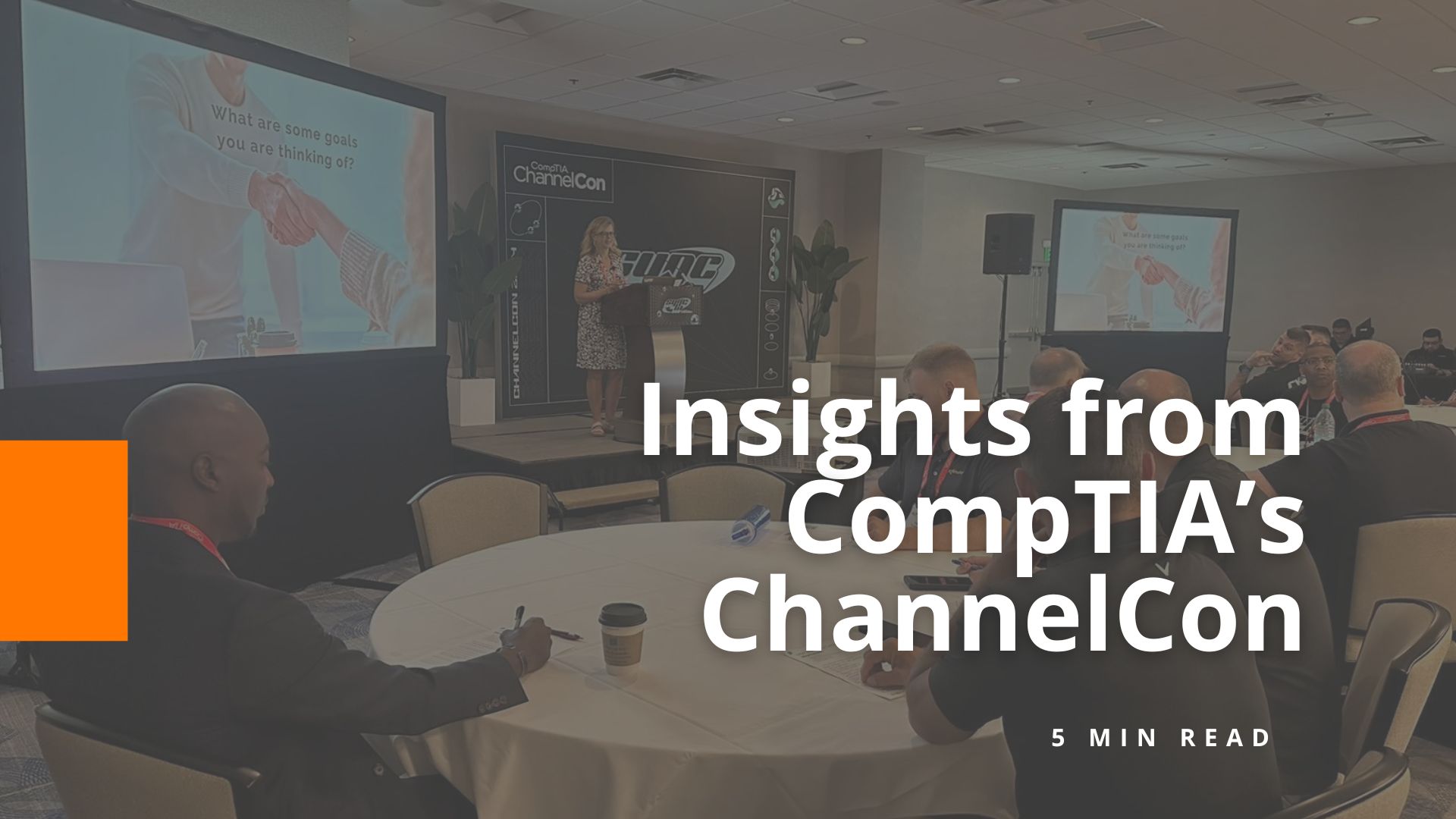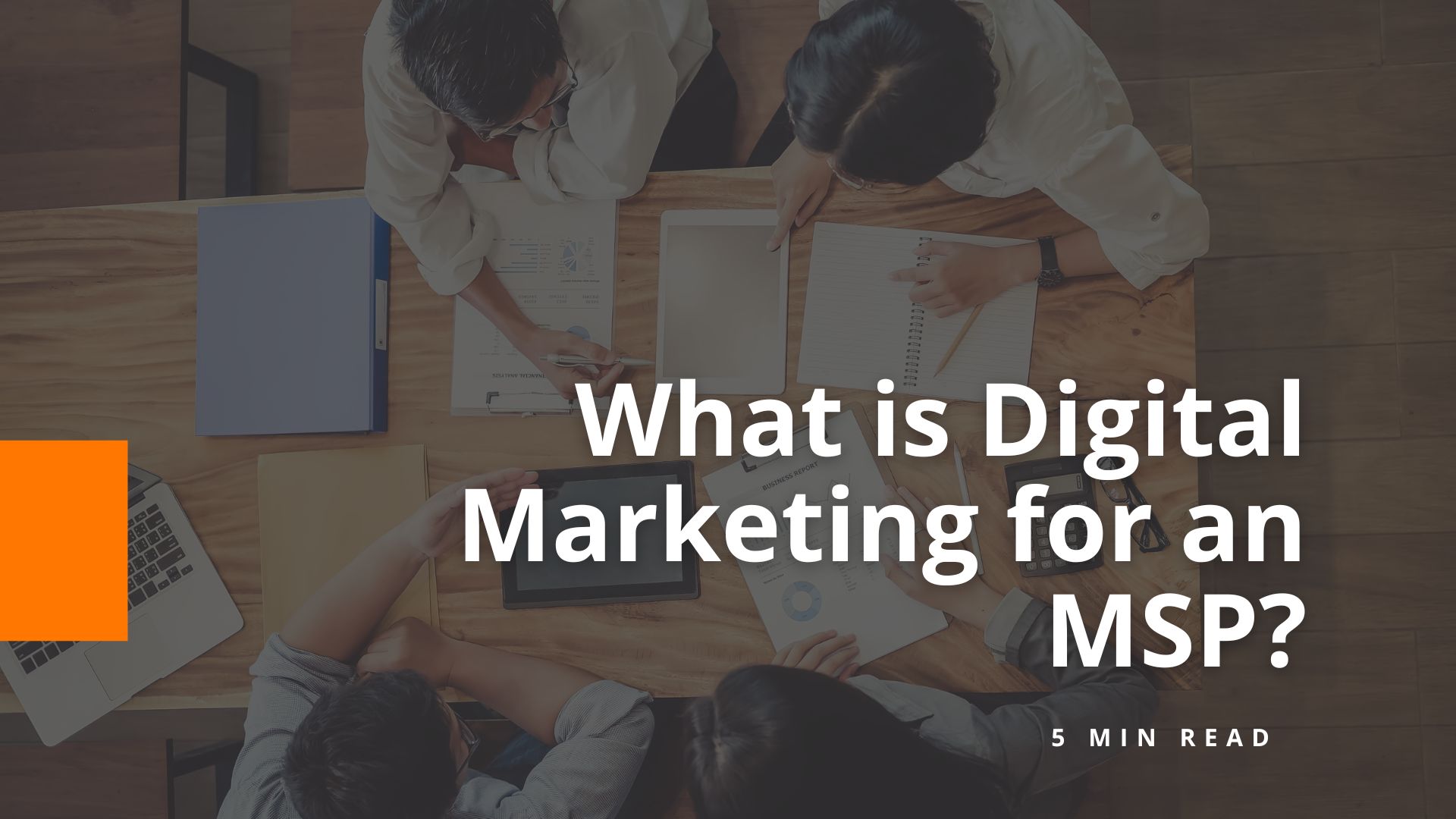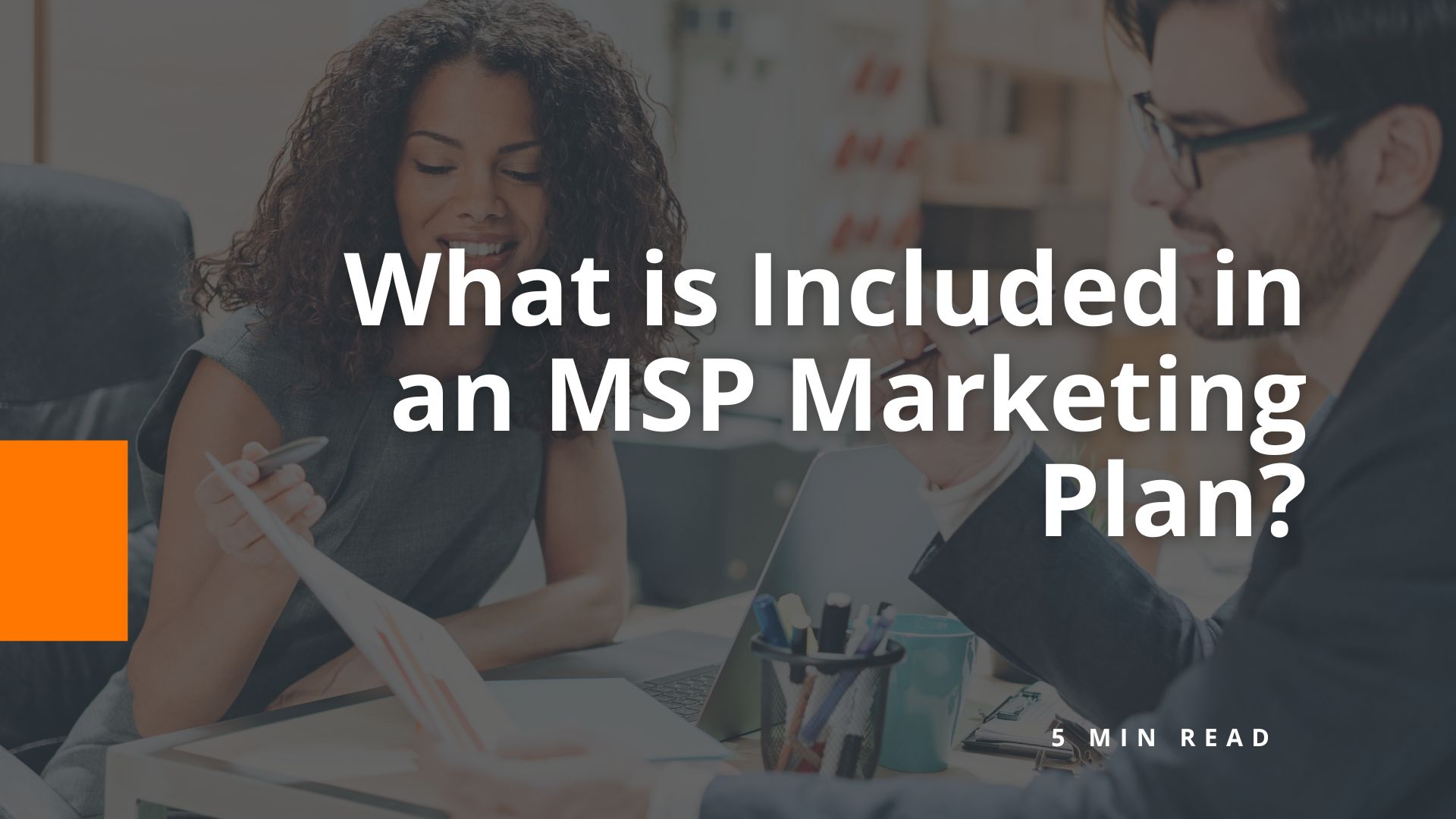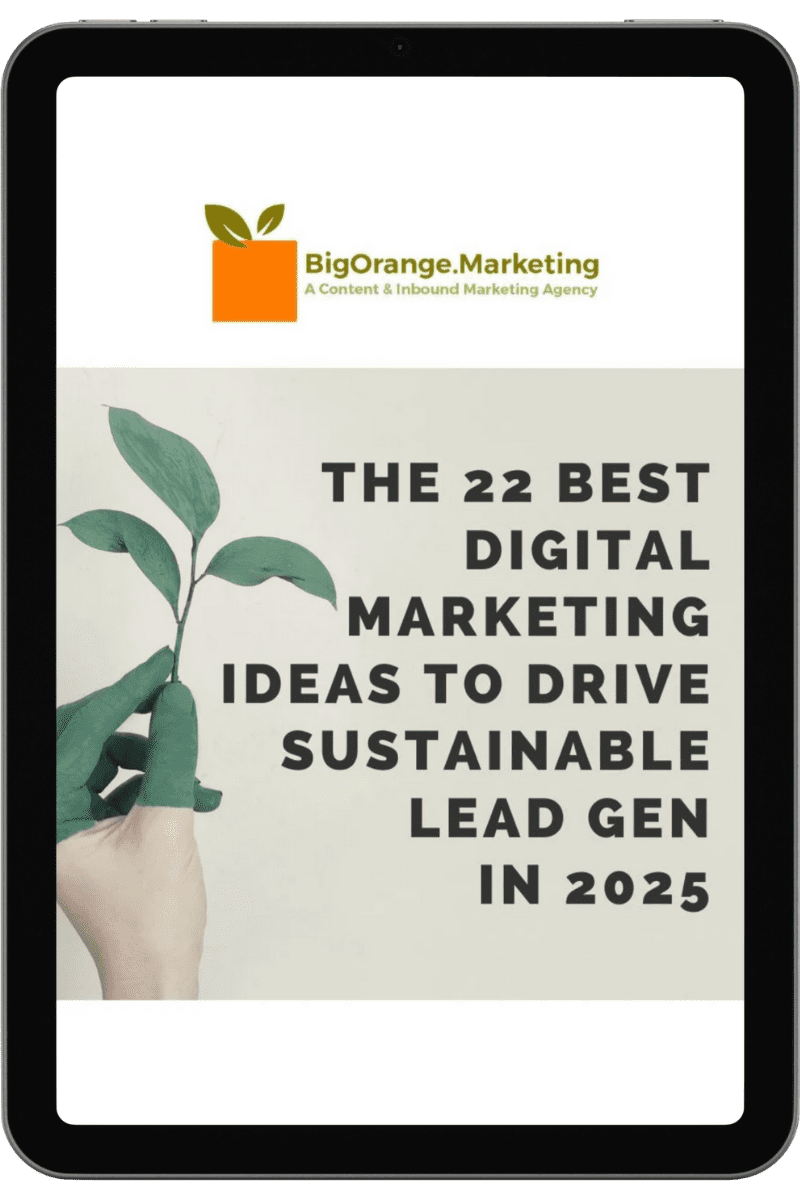Get More Bang for Your Buck: Google Ads for Manufacturing Best Practices
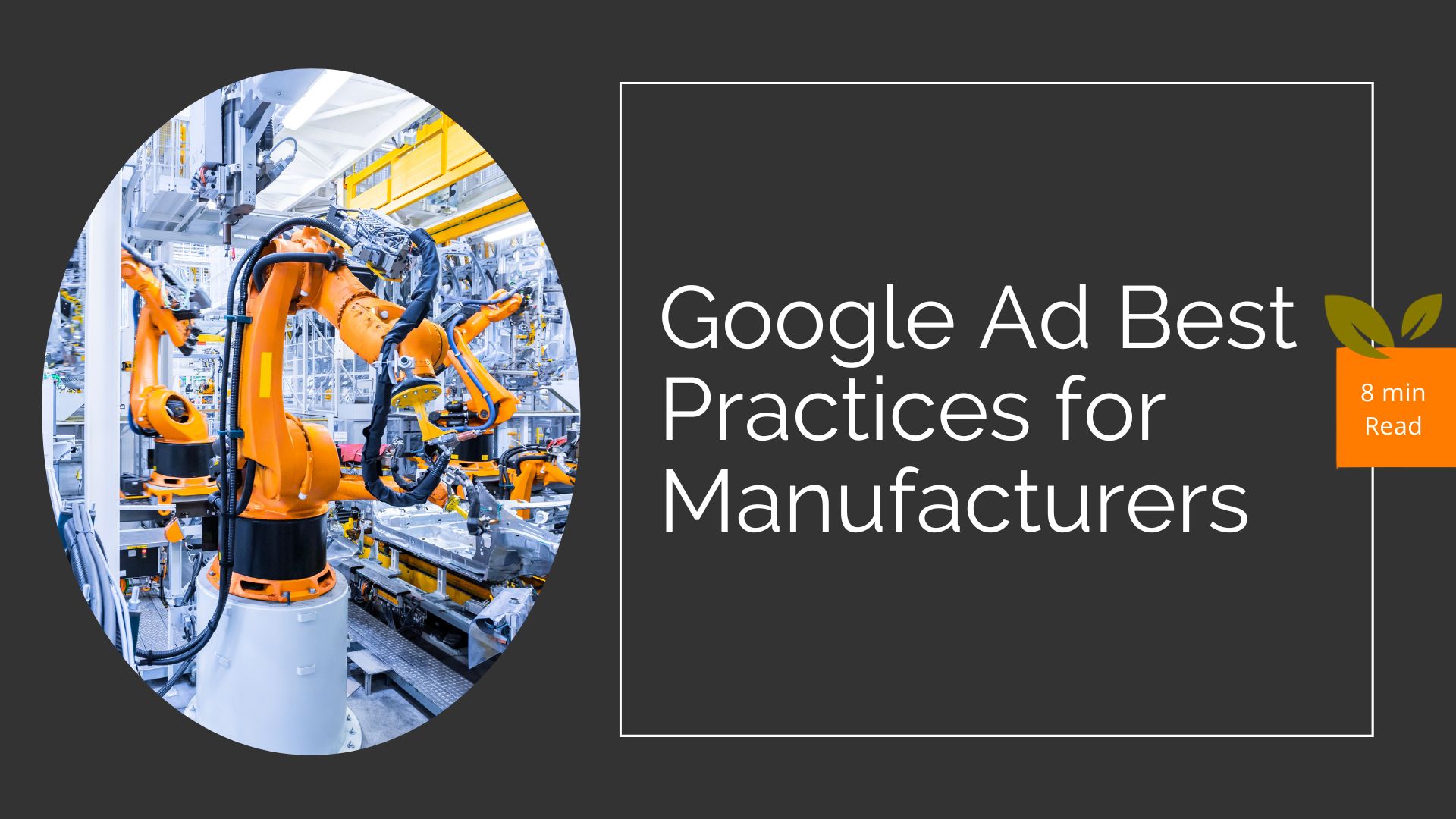
Using Google ads for manufacturing firms is a faster, albeit more expensive, way to drive website traffic and leads, compared to traditional SEO methods. Here are five best practices to get you started with your manufacturing PPC campaign.
1. Select the Right Keywords
Google Keyword Planner is a great tool for selecting the right keywords for your manufacturing PPC campaign. You can enter and track your identified keywords, identify suggested keywords and do competitor keyword research.
Another way to discover keywords is by looking at those you currently rank for. Use Google Search Console or Google Analytics to identify keywords that your landing pages are already ranking high for. Take note of the keywords where you are appearing on the first or second page of search results.
Lastly, think like your customer when using Google ads for manufacturing companies. They may not be searching “P/N 182196DRT,” but they are searching “1.5 inch copper screw.” Use a keyword research tool to discover what people are searching, it may or may not be your specific brand, product name or part number.
2. Set Your Geo Target

Manufacturers often have specific sales territories or target regions. Avoid spending money outside your target regions by targeting only your specific geographic area. Within Google ads, you can select a country, area, zip code or radius. Google does its best to only serve your ads to those locations identified. You can also exclude locations.
3. Set a Realistic Budget
PPC spending is expected to surpass $701 billion in 2023. Know what you’re up against using the Keyword Planner, set a daily budget that you’re comfortable with and optimize. Review your campaign once a week to ensure you’re not overpaying on certain keywords or spending too fast. Balancing your spend with your ROI is specific to your sales cycle, average deal price and overall budgeting cycles.
4. Include Negative Keywords
Negative keywords are keywords you do not want to pay for. Including them in your campaign will ensure you don’t show up in those search results. For example, if you’re selling reading glasses, you would want to add “drinking glasses” to your negative keyword list.
5. Build a Converting Landing Page
Great, someone clicked on your ad! Now, make sure you have a converting landing page. Elements to consider like the landing page’s navigation, headlines, visuals, CTAs and content are essential in turning a click into a conversion. Effective landing pages are a critical part of successful Google ads for manufacturing.
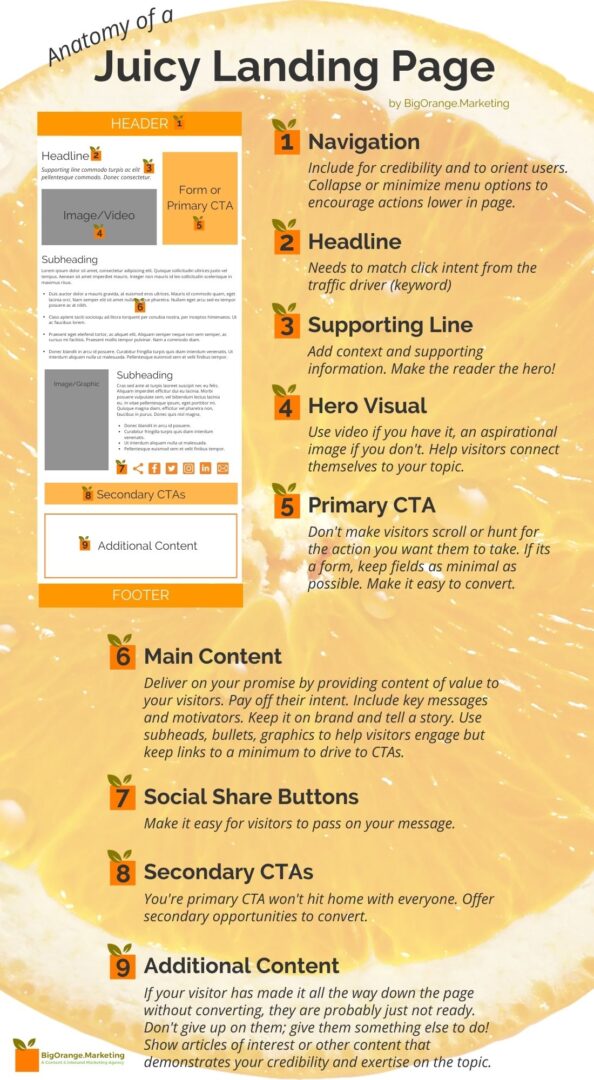
Get Your Google Ads for Manufacturing Running
If you’re ready to launch Google ads for a manufacturing firm but need some guidance, BigOrange Marketing can help. Start by booking a marketing strategy consultation to see if we’re a good fit.
Share the knowledge
How Our Manufacturing Client Used Organic Search to Drive Leads and Scored a $150k Deal
Yes, you read that right, our marketing strategy brought one of our manufacturing clients a $150k deal. What is even better is that this marketing…
Explore this TopicCompTIA’s ChannelCon Insights
Have you ever heard the saying “your vibe attracts your tribe”? Well, that saying rang true at CompTIA ChannelCon 2024. We learned much, but also…
Explore this TopicWhat Are MSP Websites?
MSP websites are websites dedicated to promoting managed service providers (MSPs), companies that offer a range of IT services. These websites typically provide information about…
Explore this TopicUnleash Your Inner Spielberg: StoryBrand Framework Secrets to Turn Your Website Into a Blockbuster!
Storytelling has been captivating audiences since humans first learned how to communicate. Stories hook us in and transport us to different worlds where we meet…
Explore this TopicWhat Is Digital Marketing for MSPs?
Digital marketing for MSPs includes tactics like content marketing, social media campaigns, email marketing and advertising. Effective digital marketing for an MSP usually demonstrates industry…
Explore this TopicWhat Is MSP Marketing?
Managed service providers (MSPs) play a pivotal role in the IT industry offering a range of services that help businesses manage their technology. That being…
Explore this TopicWhat Is Included in an MSP Marketing Plan?
A well-structured and creative marketing plan is crucial for managed service providers (MSPs) to stay on top of the competition in the ever-evolving industry of…
Explore this TopicHow to Market Managed IT Services?
In the competitive world of IT, effective marketing is crucial for MSPs to stay afloat. Its important to understand the value of your services and…
Explore this Topic